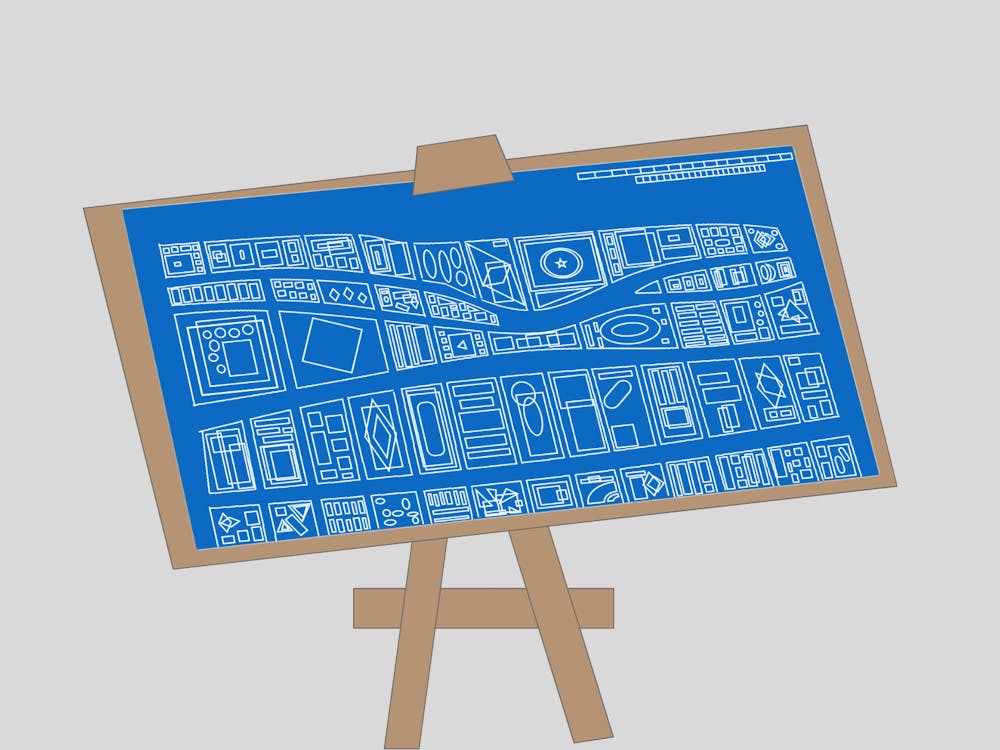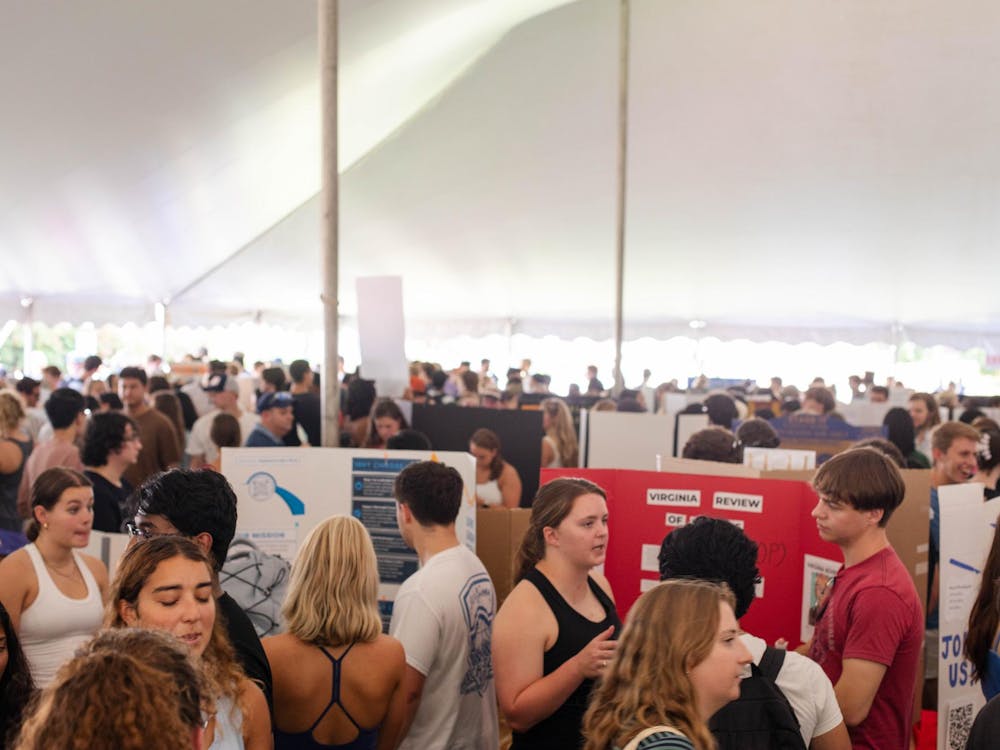On Thursday, more than 200 college faculty and students gathered at the state capitol in Boise, Idaho to protest a bill that would require state universities to allow firearms on their campuses. On Friday, a committee in the Idaho state legislature voted 11-3 to send the bill on to the House floor.
Proponents of the bill have argued that to prohibit guns on the campuses of public universities restricts Second Amendment rights. Some have also argued that armed students or faculty could more quickly stop a potential school shooting than the university’s police force could.
But the bill faces strong opposition, with about 10 opposing protesters for every one supporter at the capitol on Thursday. Professors held signs that read “Not in my classes” and “Keep guns away from schools.” In an interview on Boise State Public Radio, Boise State President Bob Kustra said he believes allowing guns on campuses will in fact make universities more dangerous, and likely will not help stop a potential school shooting
.
The multiple arguments for or against the bill have been well hashed out. The New York Times recently ran an op-ed by Boise State Prof. Greg Hampikian, entitled “When May I Shoot a Student?” Rather than re-examining the arguments specifically surrounding the effectiveness or ineffectiveness of guns at increasing safety, we focus on a different argument for voting down this bill: the popular sovereignty of the students and faculty at the universities.
Kustra said the majority of people who had reached out to him did not want guns on the campus. Leaders from all eight of Idaho’s public colleges have raised objections to the bill. In his New York Times op-ed, Hampikian expresses dismay that the Boise City police chief, who opposes the bill, was not allowed to speak at the public hearing on it, while a spokesman from the National Rifle association was given a full 40 minutes to speak.
The bill previously passed the state Senate, where Republicans outnumber Democrats 4 to 1. Only three Republicans joined the seven Democrats in voting against the bill. The fact that the Senate vote and the small House committee vote were both along party lines, coupled with the loud protests that seem to have been ignored, indicates that the legislature aims to uphold a partisan agenda, rather than cater to the desires of the people the bill will affect.
In response to the argument that such a bill is not a matter of majority opinion but a necessary provision to uphold Second Amendment rights, we think about the purpose and the bounds of the Second Amendment. Firstly, Kustra said he thinks “the Second Amendment was designed to protect lives” and that this bill would not assist in that goal. We support this sentiment, given the potential for misuse of firearms and accidental injuries. Secondly, it is widely recognized that the Second Amendment protects a citizen’s right to own a firearm, but that does not mean it guarantees the person a right to bring the firearm anywhere he pleases. Firearms are prohibited in many places — courthouses, hospitals, airports — for the sake of public safety.
It is clear that a majority of students and faculty feel that guns should not be permitted on their campuses. If the Idaho lawmakers ignore those concerns, they are not performing their duty of representing their constituents’ opinions. Of course, the minority opinion should not be ignored, but a discussion, and hopefully compromise, among the university communities is what should influence the decisions of the state legislature, rather than purely partisan motivations.




